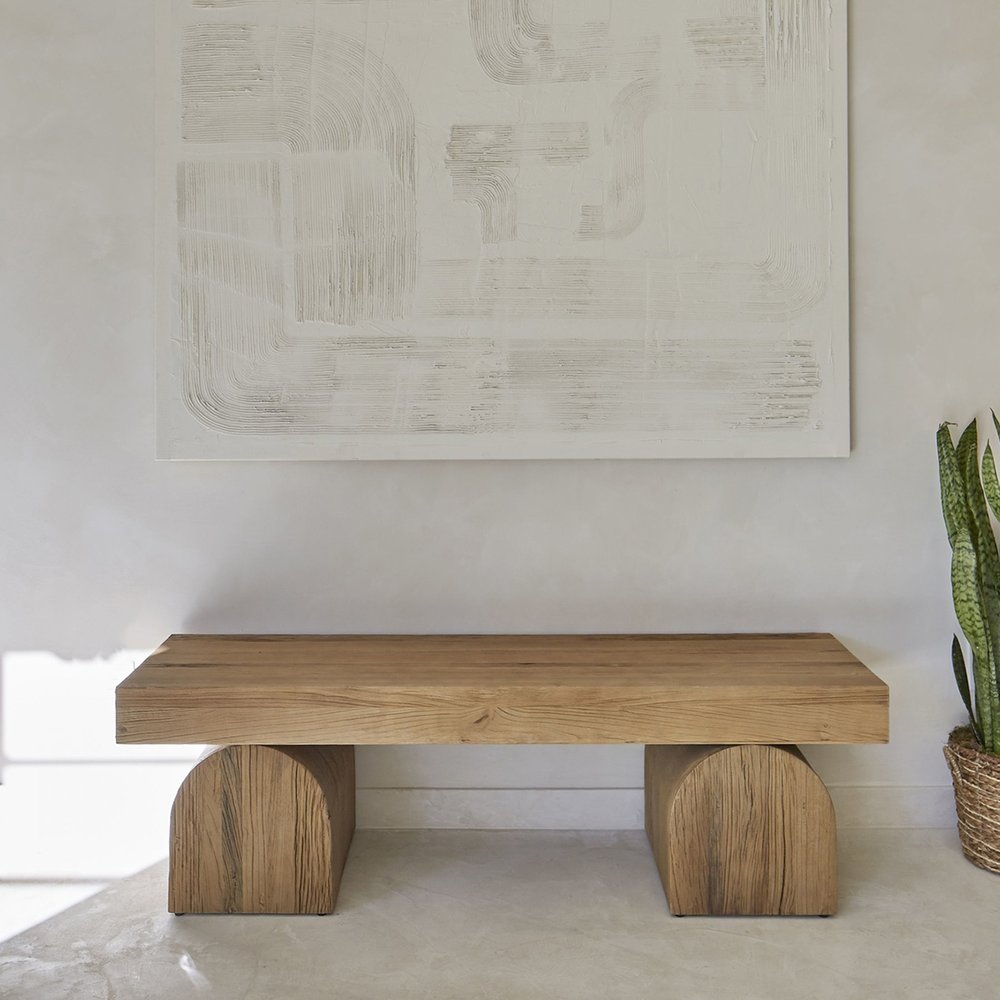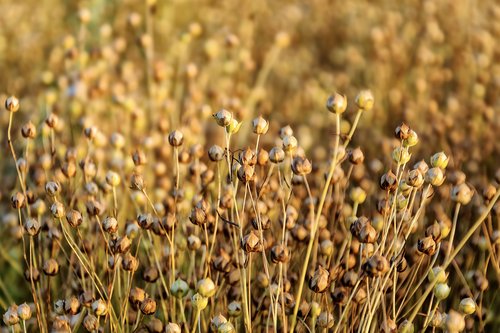
2 min read
Designer's Guide to Green Certifications
A Primer for Healthy Homes and Interiors. Who is gatekeeping wellness and sustainable design? WLLW looks at green certifications in brief.

3 min read
WLLW explores how Greenguard Certification can allow you to make healthier choices for the products you bring into your home.
When we shop for furniture and household products it’s not uncommon to see a Greenguard logo on various items; a leaf design which certifies that a product has low chemical emissions. Founded in 2001, Greenguard is a long standing, industry-independent certification that aims to protect human health by enhancing indoor air quality via reducing people’s exposure to chemicals and other pollutants. Issued by Underwriters’ Laboratories (UL), it screens for over 15,000 Volatile Organic Compounds (VOCs) and limits 360 harmful ones. Populations in some cultures, such as North America and parts of Europe, spend up to 90 percent of their lives in indoor environments. Whether we’re in our homes, work or schools, the quality of the air we breathe has a direct impact on our wellbeing.
Health complaints, from headaches, fatigue and respiratory problems to cancer and heart disease can be caused by pollutants emanating from our surroundings. Temporary ailments are sometimes attributed to ‘Sick Building Syndrome’, which occurs when occupants experience symptoms after entering a particular building that diminish upon exit. Building materials and furnishings often emit VOCs which can build up within a space and have a range of health implications. Formaldehyde, a known carcinogen, is of particular concern and is often found in pressed wood materials. Rest assured, if you're looking for low-emission products to protect the indoor air quality in your home, Greenguard certification offers a widely trusted standard.
Greenguard Certification spans various industries, such as vehicles, construction, furniture, textiles, electronics, cleaning materials, medical, childcare and educational product manufacturing. Certification covers the fabrics, adhesives, sealants and flooring used in your home, the office items and electrical equipment at work, the toys in kindergartens and the healthcare furnishings in clinics. Every aspect of our lives lived indoors might benefit from Greenguard certified products being used.

The tested product emits zero to few VOCs. There are two types of certification, both of which are voluntary. Greenguard certification means the product has met industry standards for low emissions, not exceeding 500 μg/m3 (micrograms per cubic meter of air). Anything designed for a child’s room or educational setting should meet even stricter standards and that’s where the second level of certification is important. Greenguard Gold certification means products emit even lower levels, capped at 220 μg/m3, and incorporate a markedly low degree of formaldehyde emissions.
The Greenguard certification program is widely acknowledged and cited by various building programs, standards and specifications globally. It helps meet architectural specifications for indoor air quality and satisfy building code criteria. Products bearing either Greenguard or Greenguard Gold certification can play a role in earning points within recognized green building rating systems like LEED, Building Research Establishment Environmental Assessment Method (BREEAM), Fitwel and others. This demonstrates a commitment to sustainability on the part of the manufacturers.
To earn the Greenguard and Greenguard Gold labels, products are tested by being kept in chambers for one to two weeks. These chambers are temperature and humidity-controlled stainless steel compartments, ensuring no VOCs. After one or two weeks, the certifying agencies test the VOC levels in the chamber. If the emission levels are low, the products earn the Greenguard Gold or Greenguard certification mark.




Photography: Tierney/Adobe, Underwriters’ Laboratories (UL), Craft Floors, JH Wall Paint, Amorim Cork Flooring, Naturepedic

2 min read
A Primer for Healthy Homes and Interiors. Who is gatekeeping wellness and sustainable design? WLLW looks at green certifications in brief.

2 min read
WLLW explores the Global Organic Textile Standard as a hallmark of environmental and social responsibility in textile production.